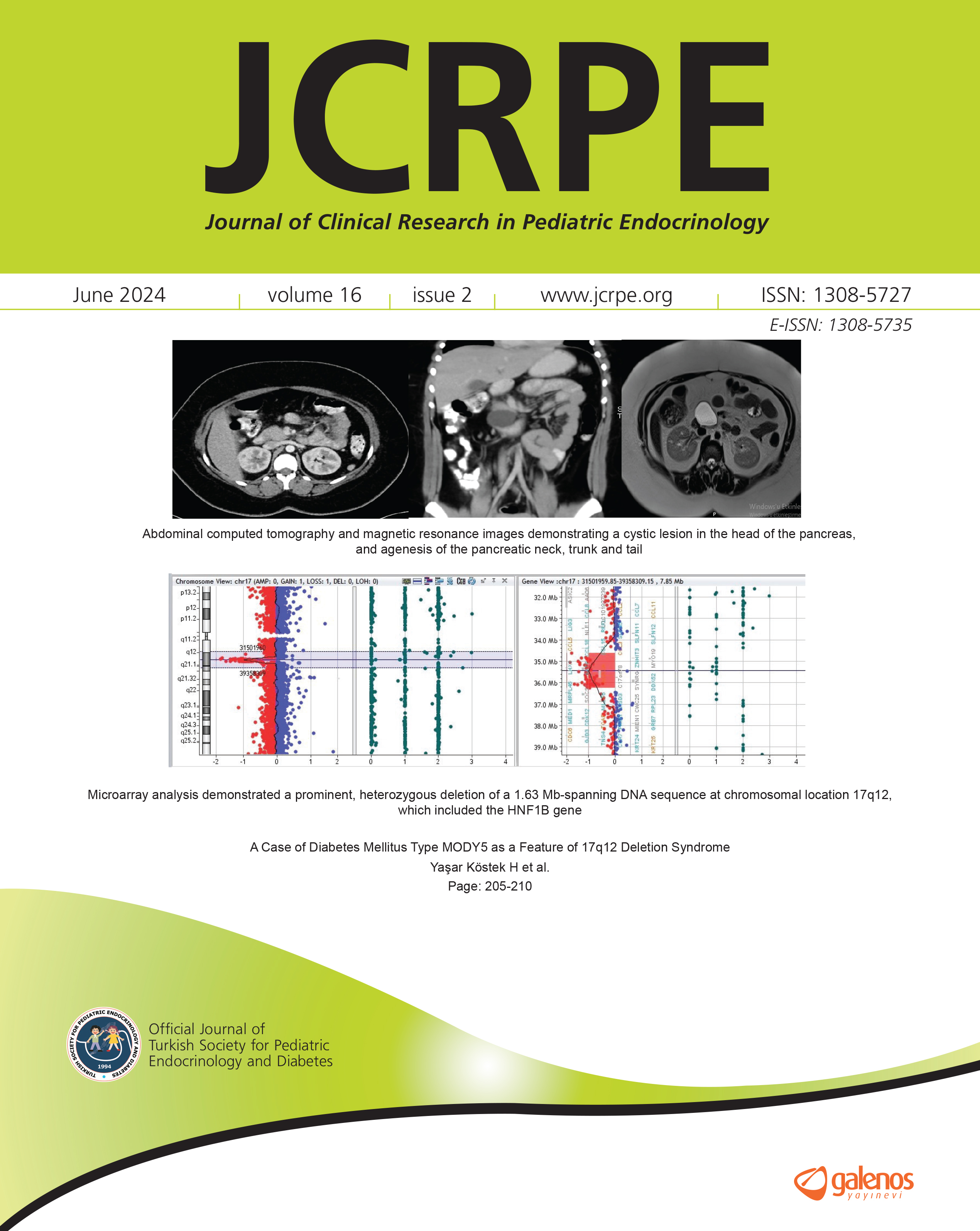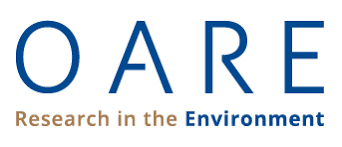Nephrogenic Syndrome of Inappropriate Antidiuresis Mimicking Hyporeninemic Hypoaldosteronism: Case Report of Two Infants
Jamala Mammadova1, Cengiz Kara2, Eda Çelebi Bitkin3, Elif İzci Güllü4, Murat Aydın41Altınbaş University Bahçelievler Medical Park Hospital, Clinic of Pediatric Endocrinology, İstanbul, Turkey2İstinye University Faculty of Medicine, Department of Pediatric Endocrinology, İstanbul, Turkey
3Van Yüzüncü Yıl University Faculty of Medicine, Department of Pediatric Endocrinology, Van, Turkey
4Ondokuz Mayıs University Faculty of Medicine, Department of Pediatric Endocrinology, Samsun, Turkey
Nephrogenic syndrome of inappropriate antidiuresis (NSIAD) is an X-linked disease caused by activating mutations in the arginine vasopressin (AVP) receptor-2 (AVPR2) gene. Affected patients excrete concentrated urine despite very low levels of AVP, and consequently develop euvolemic hyponatremia. Due to its low frequency, patients may be misdiagnosed and treated incorrectly. We report two related male infants with NSIAD that was initially confused with hyporeninemic hypoaldosteronism (HH). First, a 2-month-old male presented with hyponatremia, low plasma osmolality, relatively high urine osmolality, and low plasma renin-aldosterone levels. These clinical and laboratory findings were compatible with syndrome of inappropriate antidiuretic hormone (ADH) secretion without apparent cause. Consequently, fludrocortisone was initiated with a presumptive diagnosis of HH. While correcting hyponatremia, fludrocortisone treatment led to hypertension and was discontinued promptly. The second patient, aged one year, was admitted with a history of oligohydramnios, had been hospitalized four times due to hyponatremia since birth, and had a diagnosis of epilepsy. Similarly, the second infant had clinical and laboratory findings compatible with syndrome of inappropriate ADH secretion with no apparent cause. Fluid restriction normalized his serum sodium despite the plasma AVP level being undetectable. In both infants, AVPR2 gene analysis revealed a known mutation (c.409C>T; p.R137C) and confirmed the diagnosis of NSIAD. In conclusion, NSIAD should be considered in all patients with unexplained euvolemic hyponatremia despite high urine osmolality. If NSAID is not considered, the plasma reninaldosterone profile can be confused with HH, especially in infants.
Keywords: AVPR2 gene, hyponatremia, inappropriate antidiuretic hormone secretionCorresponding Author: Jamala Mammadova, Türkiye
Manuscript Language: English



























